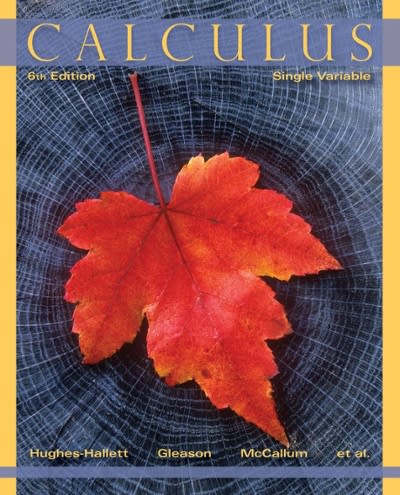Question
A consulting firm randomly selected 150 young employees in Tasmania. These selected employees answered questions and undertook a standard IQ test and a KW test.
A consulting firm randomly selected 150 young employees in Tasmania. These selected employees answered questions and undertook a standard IQ test and a KW test. The KW test examines respondents' knowledge about the duties in their workplaces and the knowledge about the Australian and Tasmanian labour markets. Respondents' answers are entered a spreadsheet where each column represents a variable.
These variables include:
1. wage: monthly earnings in dollars
2. hours: average weekly working hours
3. IQ: IQ score
4. KW: knowledge of work score
5. educ: years of education
6. exper: years of work experience
7. tenure: years with the current employer
8. age: age in years
9. marriage: marriage status
10. gender: female or male
11. urban: =Y if lives in urban areas =N if lives in rural areas
12. sibs: the number of siblings
13. brthord: birth order, e.g. =2 means he/she is the second child in the family.
14. meduc: mother's education
15. feduc: father's education The missing values are shown by a "." in the cells
Question:
1. You want to look at the relationship between gender and wages. However, you notice that gender is a categorical variable and wage is a numerical variable. One way to work on two different types of variables is to transform one variable to the type of the other. You decide to generate a categorical variable based on the level of wage, and this categorical variable has two values, "high" and "low". For example, you choose a threshold value for wage, and if a respondent's wage is no less than the threshold value, you enter "high" and enter "low" otherwise.
a. Describe in detail how you have decided the threshold value for generating the new categorical variable for the level of wage. Then use an appropriate graph to present this variable. (Hint: you may choose to use an appropriate numerical measure of wage as the threshold value).
[6 marks]
b. Present these two categorical variables together using an appropriate graph, and then discuss what the graph shows. [4 marks]
c. Produce a contingency table to present these two categorical variables. Based on the contingency table, calculate the related (empirical) joint and marginal probabilities. You may find helpful to produce another contingency table to show your calculated probabilities. (Hint: you may need Excel skills -- e.g. use the commands such as "sort" or "countif" to count the relevant frequencies, or use PivotTable function) [8 marks]
d. Based on the sample information, calculate the probability of either being a female or getting a low wage level, and calculate the probability of being a female conditional on getting a low wage level [5 marks]
e. Examine whether the statement "Males tend to receive high wages than females" is true, false or inconlusive based on the sample information. Explain your response. [5 marks] [Total Marks 28]
2. Suppose that the population average of (monthly) wage of young employees in Tasmania in the previous year before this survey was conducted was $900.
f. Conduct a hypothesis test that the population average wage of young employees in Tasmania during the year of survey remains the same as in the previous year. [7 marks]
g. Construct a 95% confidence estimate for the population average wage, and comment whether the population average wage in the year of survey remains the same as in the previous year. [5marks]
Step by Step Solution
There are 3 Steps involved in it
Step: 1

Get Instant Access to Expert-Tailored Solutions
See step-by-step solutions with expert insights and AI powered tools for academic success
Step: 2

Step: 3

Ace Your Homework with AI
Get the answers you need in no time with our AI-driven, step-by-step assistance
Get Started


